Section I. Lithography: An Overview
What is lithography? Lithography is a planographic printing process on limestone invented about 1798 by Bavarian amateur printer Alois Senefelder (1771-1834) on the principle that grease and water do not mix. According to the folklore, often alluded to on lithographers’ advertisements (Section IV), Senefelder discovered the method he originally called “Chemical Printing” after a sheet of limestone on which he had hastily written a laundry list with his specially devised grease pencil fell into a bucket of water. Unlike engraving which involves the “carving” of metal plates or wood blocks to create an image, lithography allows an artist to create designs on, not in the printing surface. Made with grease-based crayons or inks applied by pen or brush, the marks on the stone are sealed through the application of a solution of gum Arabic and nitric acid. Once the stone is “acidulated,” it is sponged with water, then turpentine, then water again to make the marks even more receptive to the printing ink. After the inking of the stone by a roller, the printing ink sticks to the greasy marks, while it is repelled from the damp, bare areas. The inked stone is then placed on the bed of a lithographic press over which a sheet of slightly damp printing paper is laid. A mat, known as a tympan, and frame cover the stone and paper, which are then rolled under the scraper of the press to create the lithograph.
The production of a lithograph was often a collaborative process between an artist who sketched the design, a draftsman who drew the image on the stone, and a printer who ran the stone through a lithographic press. During the 19th century, each was referred to as a lithographer. The draftsman, who used tools like the ones on display to draw on the stone, is most often identified as the lithographer today to distinguish these roles.
Click on the thumbnails below to browse the items in this section of the exhibition.
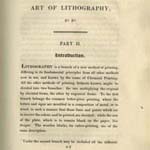
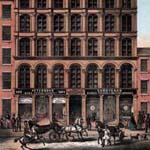
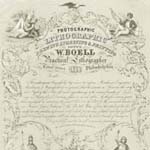
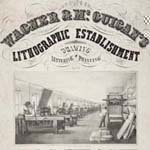
![[Interior view of L. J. Levy & Co.’s Dry Goods Store, Chestnut St., Phila.], ca. 1857. Watercolor. Courtesy of the Print & Picture Collection, Free Library of Philadelphia.](images/thumbs/2th1.6.jpg)
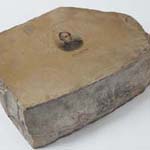
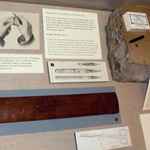
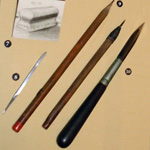
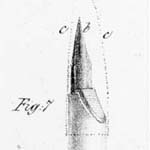
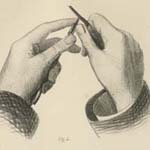
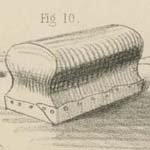
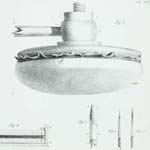
![Augustus Köllner, <em>The Rag Tender.</em> Pen and ink lithograph, tinted with one stone in <em>City Sights for Country Eyes</em> (Philadelphia: American Sunday-School Union, [1856]). Courtesy of the Historical Society of Pennsylvania.](images/thumbs/2th1.14.jpg)
![[Merchant’s Exchange] ([Philadelphia], ca. 1850). Crayon lithograph, proof before letters. Gift of David Doret.](images/thumbs/2th1.15.jpg)
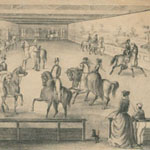
![[A View of the Fairmount Waterworks with Schuylkill in the Distance. Taken from the Mount.] ([Philadelphia], ca. 1838). Crayon lithograph, hand-colored.](images/thumbs/2th1.17.jpg)
![G. Bergner’s Lager Beer Saloon & Depot, 239 Dock Street, Below Third St., Philadelphia. Vocal & Instrumental Entertainments Every Evening</em> (Philadelphia: Schnabel & Finkeldey, [1859]). Engraving on stone. Gift of John A. McAllister.](images/thumbs/2th1.18.jpg)
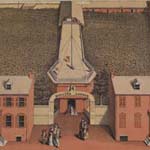
![Véritable Extrait de Viande Liebig. Les Phases de la Fabrication d’un Chromo Liebig</em> [Paris?, ca. 1906]. Chromolithograph trade cards.](images/thumbs/2th1.20.jpg)
